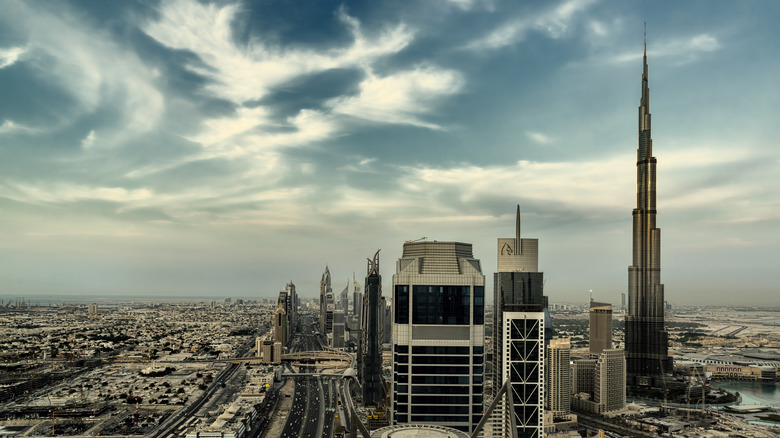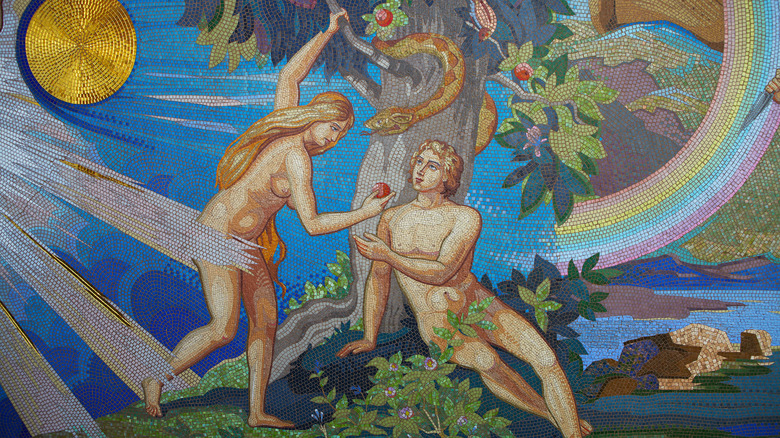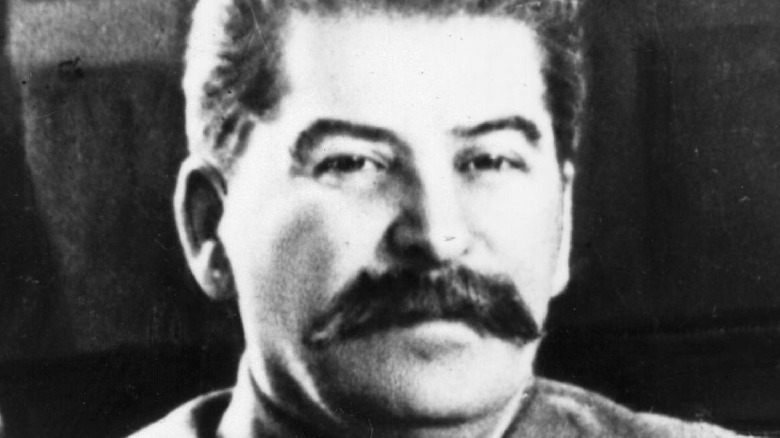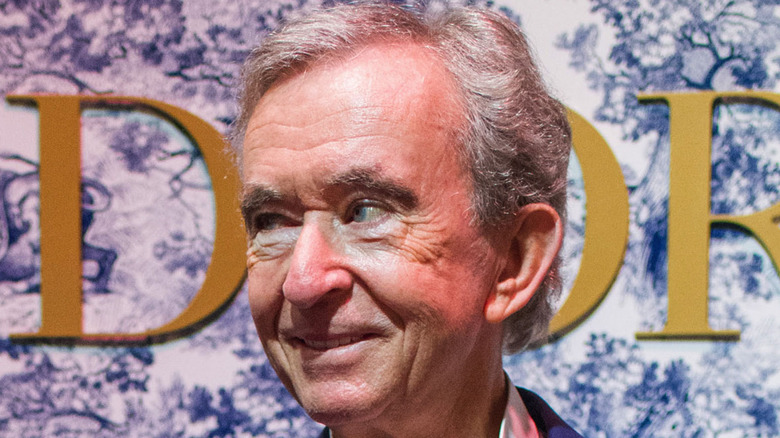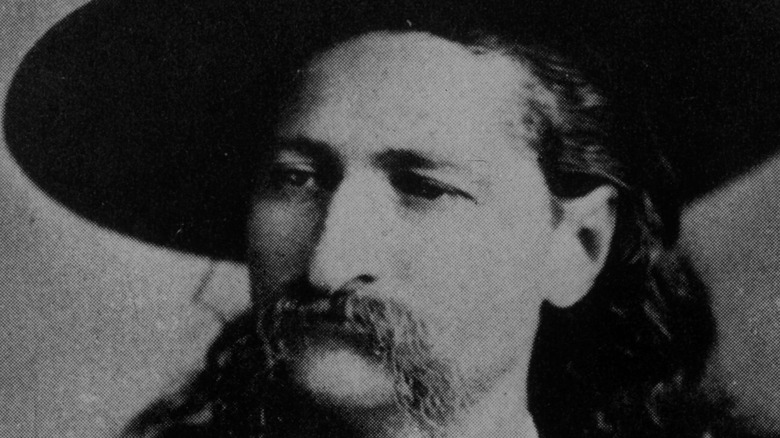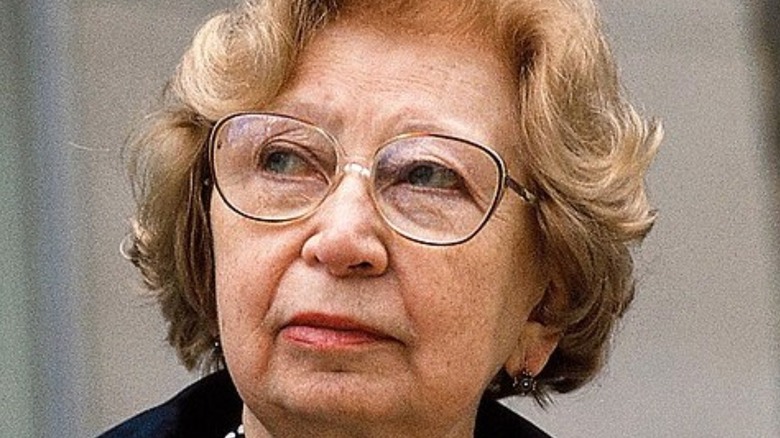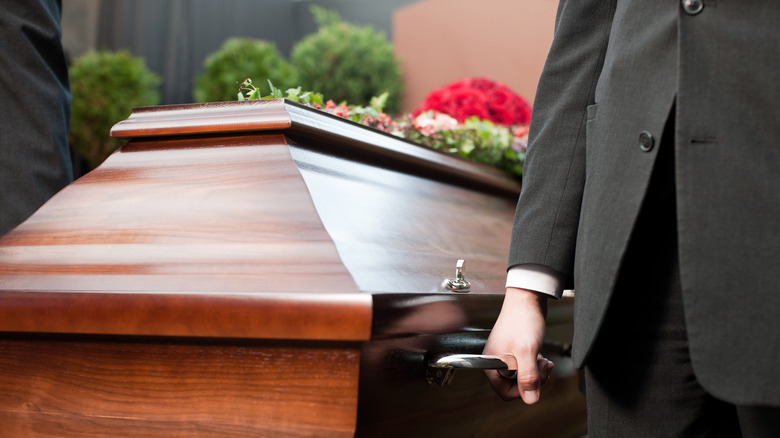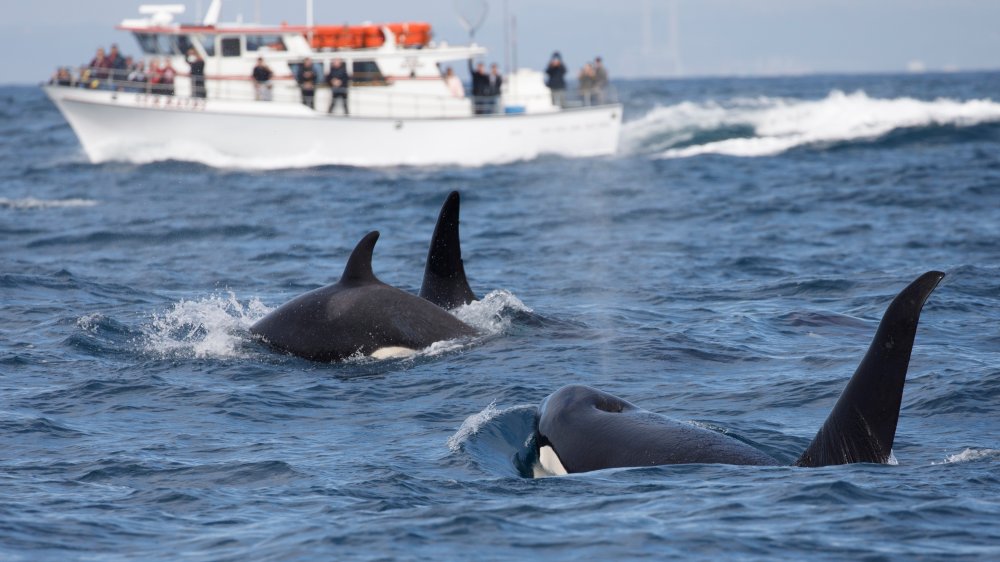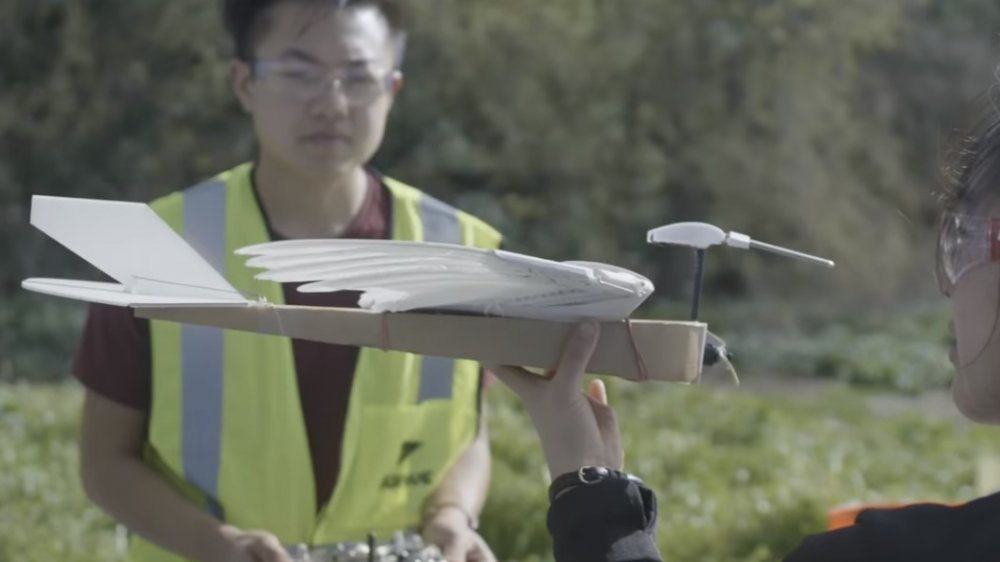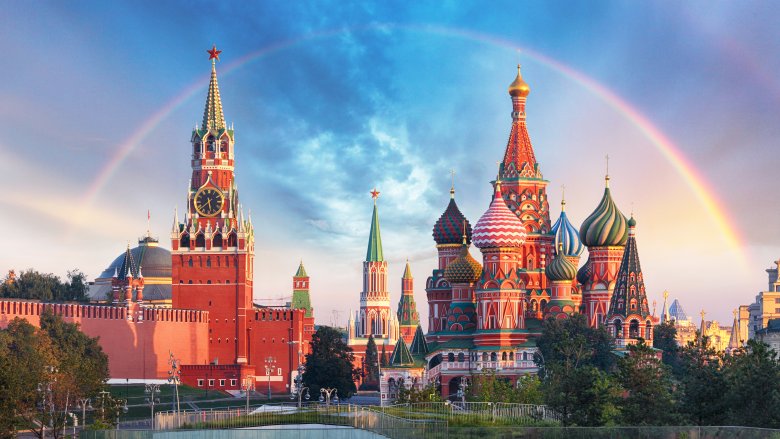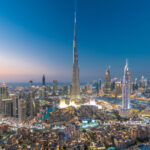
What Would Happen If The Burj Khalifa Collapsed
On January 4, 2010, Dubai’s Burj Khalifa became the tallest skyscraper in the world. Rising to a dizzying height of 2,716.5 feet from the desert floor, the building outgrew the previous record-holder, Taipei 101 in Taiwan, by over 1,000 feet. It boasts over 160 floors — another world record — as well as five other records, including the world’s tallest free-standing structure, the world’s highest occupied floor, and the world’s longest elevator ride.
But like China’s Three Gorges Dam and other impressive feats of gargantuan engineering, there is always the possibility that human error or ignorance will bring the overgrown hunk of metal crumbling to the ground. As proven by the Matador Network, the internet has been wondering if the Burj Khalifa could collapse since literally the day after it opened. When we think about such a calamity, we imagine a long, cinematic event in which someone like Dwayne “The Rock” Johnson scales the structure with his bare hands to save his daughter before the tower crumbles into a ball of fire and dust. But the best description of this hypothetical disaster is probably the no-nonsense comment from a high school science teacher on Quora: “Lots of people would die, lots more would lose a lot of money, and there’d be a big pile of rubble in the middle of Dubai.” Sounds about right. But let’s take a look at the features of the Burj Khalifa that protect it from such a terrible fate.
The Burj Khalifa was designed to 'confuse the wind'
All skyscrapers have to deal with the problem of wind, and the architects of the Burj Khalifa came up with a pretty ingenious way to keep the building upright in gusty conditions. According to Inquiries Journal, the tower is composed of several smaller stalk-like towers set around a central spire. This apparently wacky design actually serves the function of not allowing winds to form vortices, or powerful eddies of air currents that would buffet or damage the tower. Bill Baker, the building’s chief structural engineer, called this process “confusing the wind.” It basically just prevents the wind from being able to grab hold of the building.
Towers like Taipei 101, Citigroup Center in New York City, and the John Hancock Building in Boston use something called a tuned mass damper to reduce the effect of the wind, but it’s not for structural soundness. This is a giant ball suspended at the top of the tower that swings in the opposite direction from the way the wind pushes the building in order to keep it from swaying and making the people inside sick or uneasy. Despite its innovative design, the Burj Khalifa still rocks back and forth about two meters at its very top. But don’t worry. It won’t collapse anytime soon.

This Is The Longest Name In The Bible
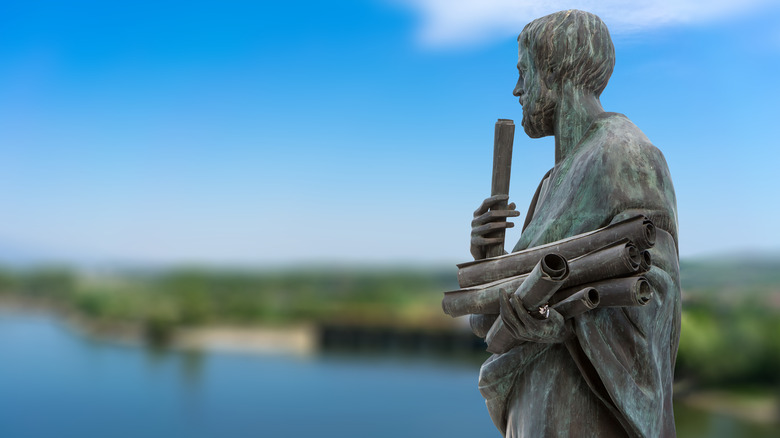
What You Might Not Know About Aristotle's Childhood
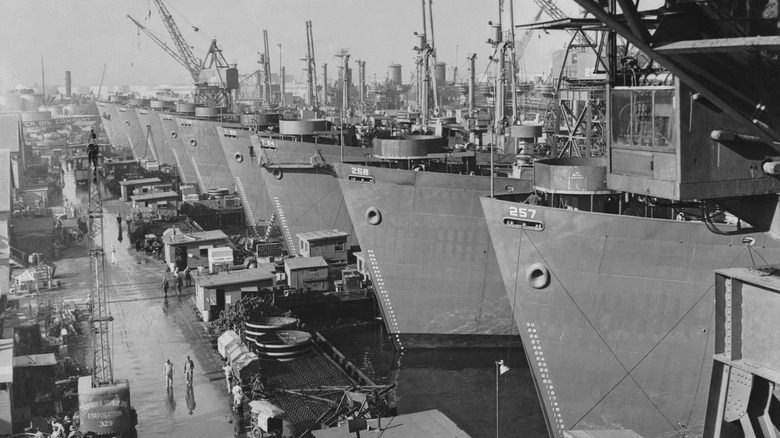
The Truth About Liberty Ships Of World War II
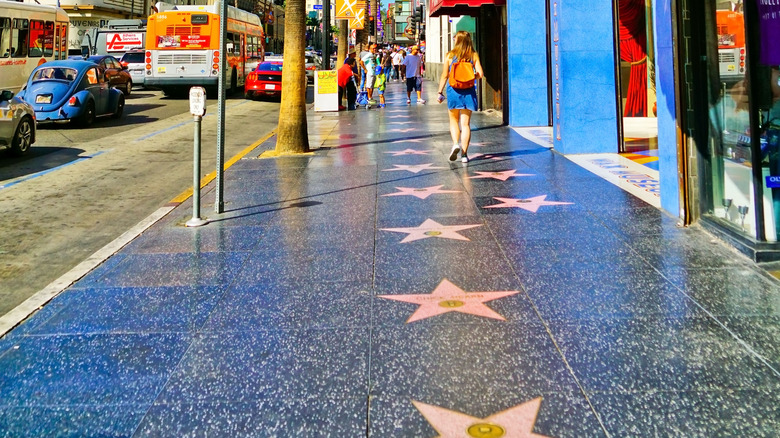
Who Has The Most Stars On The Hollywood Walk Of Fame?

Could The Handmaid's Tale Ever Actually Happen?
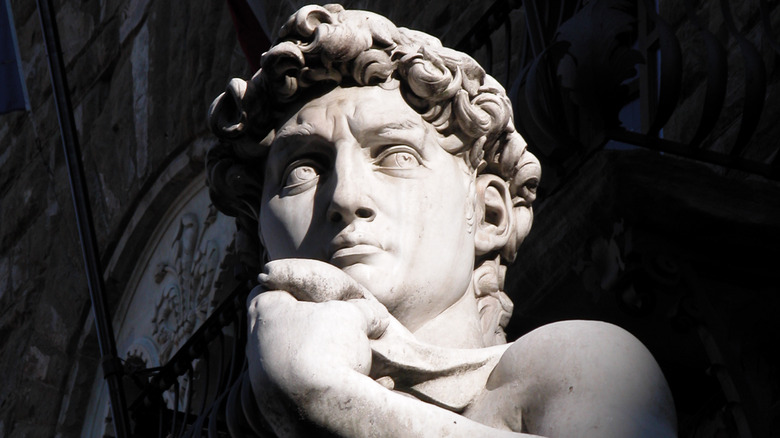
What David Really Looked Like According To The Bible

Why The 1996 Women's Basketball Team's Gold Medal Was So Important
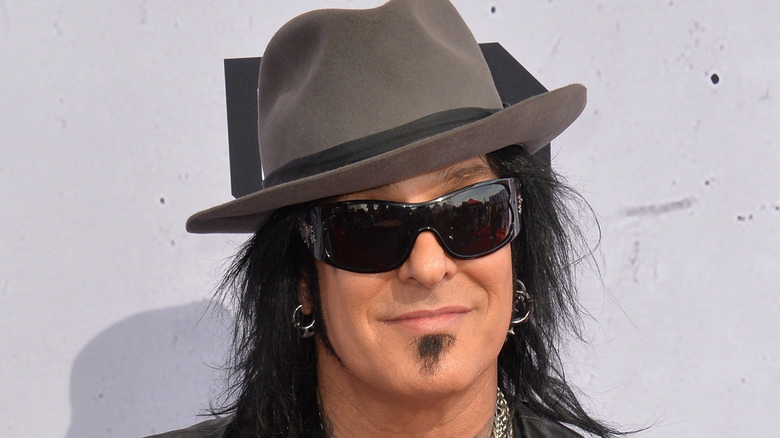
What You Might Not Know About Nikki Sixx's Near-Death Experience
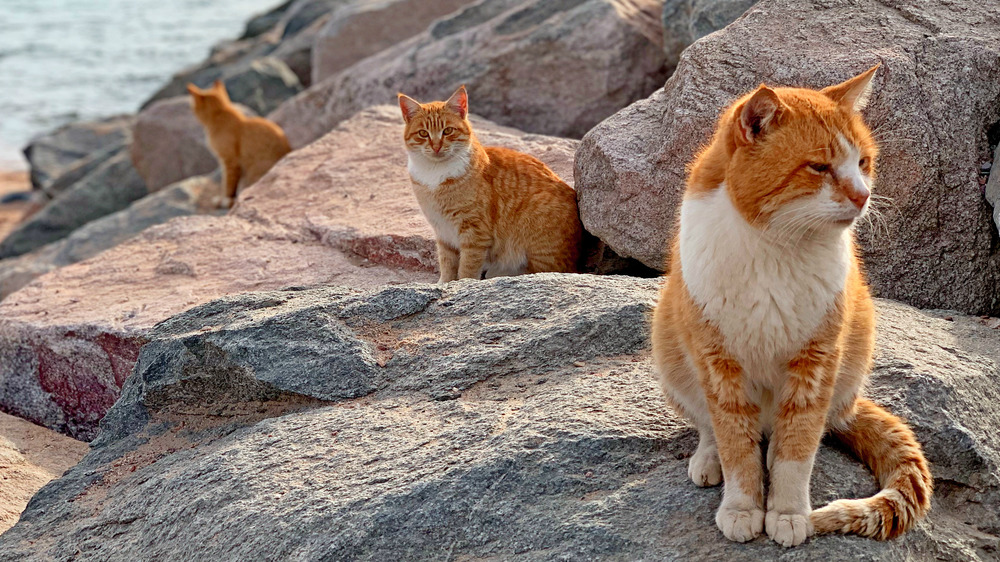
What You Didn't Know About Japan's Cat Island
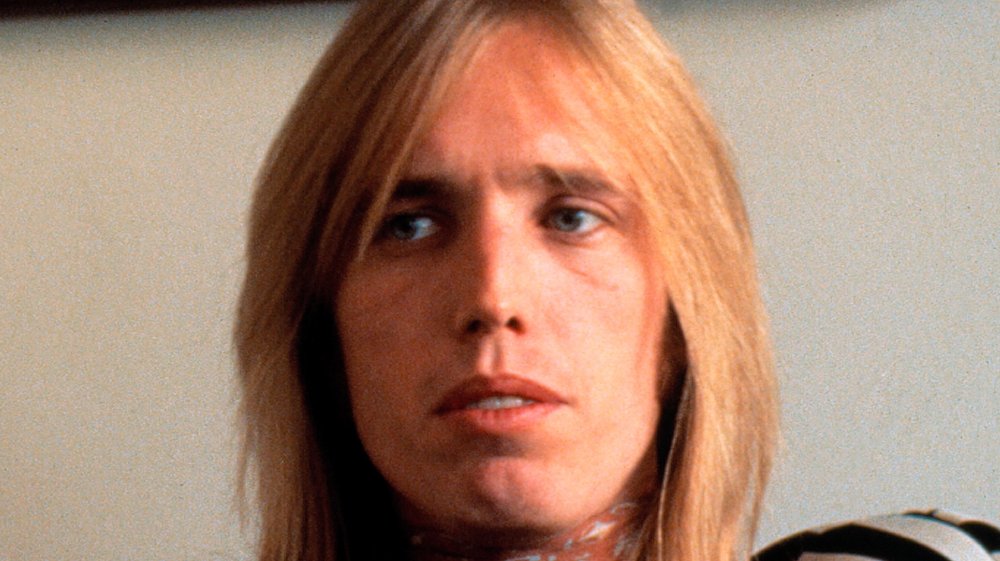
The Famous Singer That Inspired Tom Petty To Make Music
